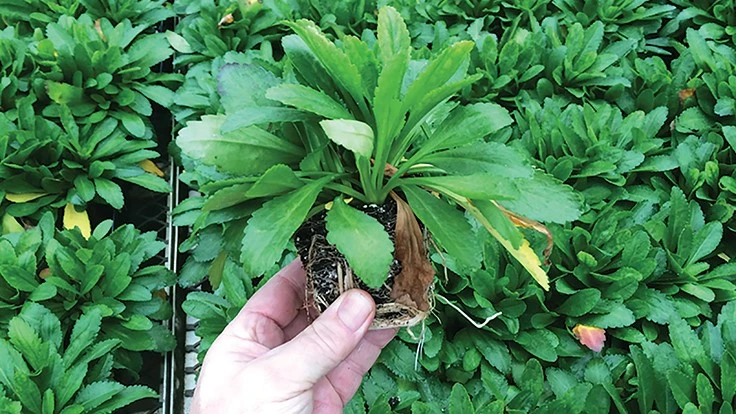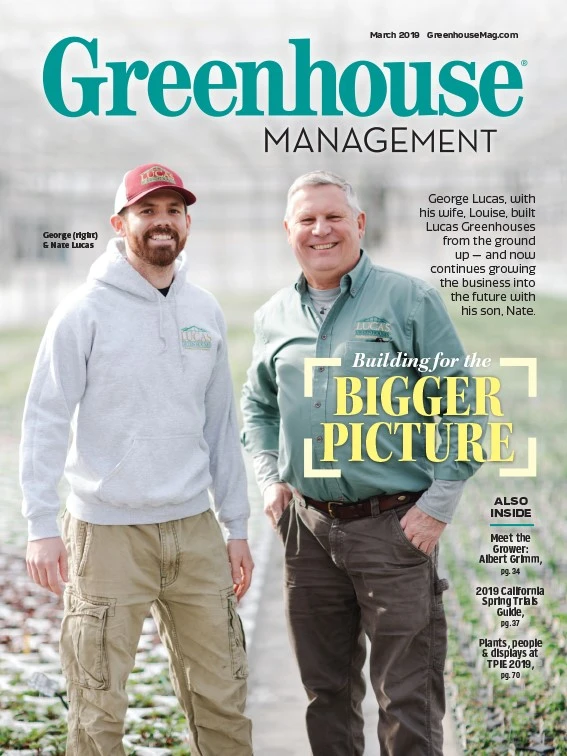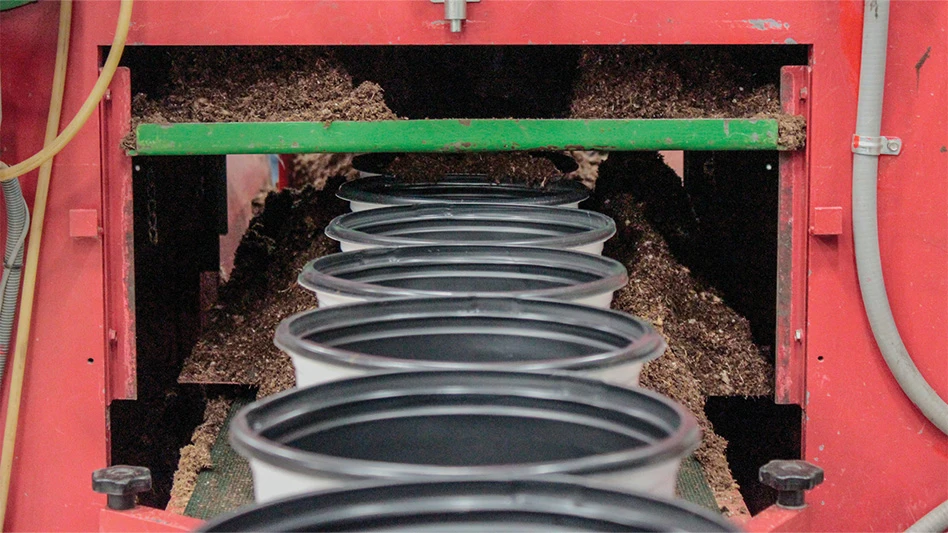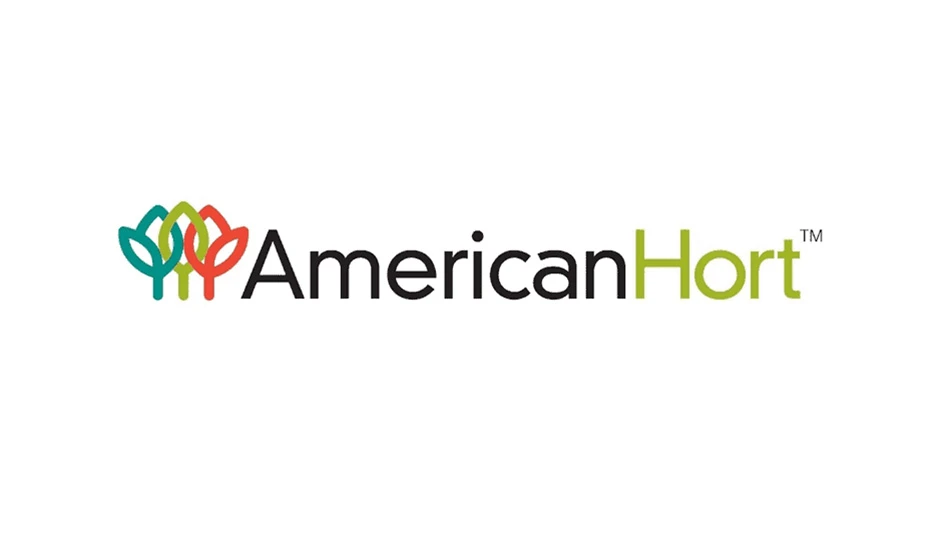

For growers across the U.S. and Canada, fruitful perennial plant production requires both precise planning and keeping up to date with the latest trends. According to two experts, that can involve adapting their growing strategy and knowing what plants customers are looking for.
Two key changes in growing strategy
Karl Batschke, the global project manager for Darwin Perennials, says the way growers are producing perennials is shifting in two areas. The first is that many growers are sourcing young plants differently. According to Batschke, some are relying less on third-party sourcing, and instead using unrooted cuttings more frequently because of a lack of consistent availability of young plants.
“Growers can bring in unrooted cuttings, propagate [them] and have success themselves,” Batschke says. He adds that pricing pressure — especially from big box stores — is lowering margins across the supply chain.
Secondly, Batschke says that some growers are changing when they are growing perennials to avoid issues caused by inclement weather. Historically, he says, perennial growers will plant a 72-cell liner in August. Now, he says some are creating their own 21-cell liner in the winter in a more controlled environment with heat. The benefit, Batschke says, is that growers can worry about weather-related issues for six to eight weeks instead of several months.
“It’s the biggest game changer in the perennial world,” he says.
Perennial market trends
Bob Blew, the vice president of Centerton Nursery in Bridgeton, New Jersey, says the nursery sells exclusively to independent garden centers (IGCs). According to Blew, one of the most popular plants on the market right now is one that has been trending for the past several years.
“Believe it or not, echinacea are a pretty strong segment of the market,” he says. “I’m not sure its market share is growing as much as it was five or six years ago. But five or six years ago, everyone was asking, ‘Well, what’s the next echinacea?’ and [now], that plant is still driving a lot of summertime sales.” Blew says the echinacea has maintained its status because it’s easy for consumers to care for and the bright colors bred into it draw people in.
“We’ve also seen a bit of a push towards natives,” he says. “You can fly the native flag with echinacea. And we’ve seen a push towards succulents. It’s largely the same thing as with echinacea — there are great colors and they are fairly low care.”
As he looks ahead toward the next perennial market drivers, Blew monitors the latest trends. He says that when he talks to IGCs, the latest introductions are what generate increased sales.
“If one is slightly improved and new, we know we can sell it because it is new,” he says. “It doesn’t matter what the plant is.”

Blew is also eyeing current color trends. Among his top-20 selling perennials in the last year, he says most are utilitarian plants for landscapes. Purple or lavender are the most popular colors, and vivid colors currently outshine pastels. He also says the 2019 Pantone Color of the Year, Living Coral, “hits the nail on the head” as far as what consumers want.
There’s just one problem: It’s not a widely available color.
“It’s a color that, outside of a couple roses we grow, is really hard to come by,” Blew says. “It’s a color that’s not found as much in nature. A lot of plants flirt with that color, but don’t quite get there.”
What makes a successful perennial grower in 2019
Growers are setting themselves up for success, Batschke says, when they know which plants they can propagate themselves and which plants they need to source from a third party are setting themselves up for success.
“They have kind of a hybrid system,” he says. “They leave the more specialist items to the professional propagators, and [the growers will] do the easy stuff [in house]. It’s not an all-or-nothing thing, but I see a lot of really big growers relying on professional propagators when they know they’ll struggle with [certain plants].”
Batschke says one of the common plants growers leave to the propagators is dianthus; its unrooted cuttings have a one-year quarantine period upon entering the United States. Other crops often purchased through third-party suppliers are tissue-culture-raised products such as echinacea and hostas. Examples of products that growers may have more success propagating themselves are groundcovers such as phlox and sedum.
“Those products are some of the lowest-margin items,” Batschke says. “By doing it themselves, growers save money.”
And if growers can save money and get customers the perennials they want, then everyone wins.

Explore the March 2019 Issue
Check out more from this issue and find your next story to read.
Latest from Greenhouse Management
- The HC Companies, Classic Home & Garden merge as Growscape
- Eason Horticultural Resources will now officially be known as EHR
- BioWorks receives EPA approval for new biological insecticide for thrips, aphids, whiteflies
- ScottsMiracle-Gro transfers cannabis subsidiary to focus on core lawn and garden business
- Ellen Mackenbach-Lakeman appointed new CEO of Dümmen Orange
- Southern Garden Tour sets 2025 dates for trial garden open houses
- Belgian thermal screen manufacturer Phormium launches Noctis Thermo
- New book explores plants that thrive in Rocky Mountains





